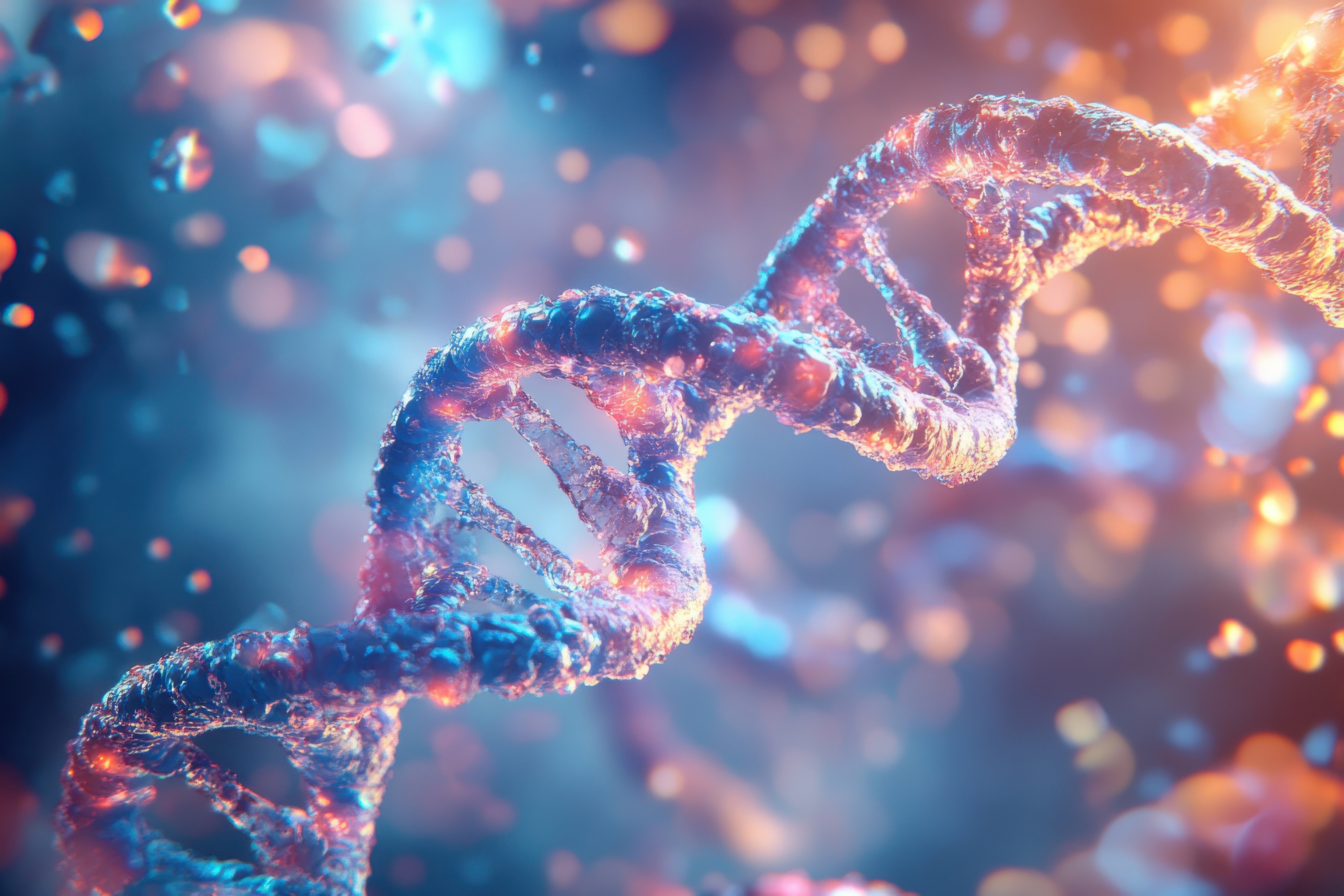
The American Association of Cancer Research (AACR) Annual Meeting is a critical driver of progress against cancer. The breakthroughs presented at AACR25 provide a unique insight into the future of cancer science and medicine. Antibody-drug conjugates (ADCs) featured heavily, with around 250 drug conjugates showcased. This will be no surprise to readers of our recent report on ADCs and bispecific antibodies, which charted the upward trajectory in ADC patent filings and number of ADCs in late-stage clinical development.
So, what’s on the horizon for these “guided missiles” of oncology?
Innovation is advancing on multiple fronts with no part of the ADC left untouched. An impressive round-up of next generation ADCs was provided by Prof. Curigliano of the European Institute of Oncology (IEO). This talk grouped ADC developments by the key domains of the molecule: antigen-binding fragment (Fab), payload, linker and scaffolding.
Fab
Starting with the Fab, a key theme is the rise of bispecific and multi-specific ADCs. These offer numerous advantages such as increased selectivity and potentially more effective cancer cell killing. Examples of bispecific ADCs presented at AACR25 included: Alphamab Oncology’s JSKN021, a site-specific bispecific ADC targeting EGFR and HER3 (that is also dual-payload ADC – see more below) and CStone Pharma’s CS5007, a bispecific ADC with EGFR/HER3 targeted arms, a hydrophilic and stable beta-glucuronide linker, and an exatecan payload.
Another aspect of Fab innovation is the targeting of antigens in the tumour microenvironment (TME), rather than antigens on cancer cells per se. Prof. Curigliano highlighted TME targets such as CD225 on Tregs, CD206 on M2 macrophages and FAP on cancer-associated fibroblasts (CAFs). An interesting example of this stromal approach is Oncomatryx Biopharma’s OMTX705, which is a dual-mechanism ADC targeting FAP-positive CAFs with a cytolysin payload. We at Mewburn Ellis are delighted to be working with Oncomatryx Biopharma and look forward to further news on OMTX705 as its development continues.
Payload
ADC payloads are another area of significant innovation. Dual payload approaches as well as new highly potent compounds with IC50 in the picomolar range present opportunities and challenges. While more complex to develop, dual payloads may act synergistically and overcome resistance issues that can arise with a single payload. Dual payload examples at AACR25 included JSKN021 mentioned above and Kanghong Pharma’s KH815, which is composed of a humanized IgG1 antibody directed against TROP2, conjugated to a topoisomerase I inhibitor and an RNA polymerase II inhibitor. CatenaBio presented CATB-101, an example of their multi-payload conjugate (MPC) technology. CatenaBio’s CysTyr™ platform allows the attachment of distinct payloads targeting different mechanisms of action at three unique sites on antibody scaffolds. CATB-101 is a TROP2-targeted dual payload ADC combining tubulin and TopoI inhibitors. CantenaBio’s results with CATB-101 show significantly improved efficacy in preclinical models versus leading approved ADCs.
Linker
Linker hydrophilicity is desirable as more hydrophilic ADCs typically are less prone to aggregation, have lower systemic clearance and greater anti-tumour activity. KYinno Biotechnology and Shanghai Escugen Biotechnology presented results with KA-2886-LD38, a bispecific ADC targeting EGFR and MET, that employs LD-38, a highly hydrophilic stable cleavable linker coupled to a TopoI inhibitor. KA-2886-LD38 exhibits a strong bystander effect and excellent anti-tumour efficacy in preclinical models.
Scaffolding
Fragment-drug conjugates (FDCs), utilising smaller antibody fragment formats such as minibodies, diabodies, scFvs and nanobodies offer the promise of higher tumour penetration and faster systemic clearance leading to a wider therapeutic window. Going even smaller, peptide-drug conjugates (PCDs) offer improved tumour penetration, less immunogenicity and rapid elimination, as well as being easier and less expensive to manufacture than traditional ADCs.
Biomarkers for ADCs
Prof. Hurvitz of University of Washington and Fred Hutchinson Cancer Center spoke about Biomarkers and Prediction of Activity of ADCs. There are currently relatively few clinically validated biomarkers to guide selection of ADC therapy. Examples are HER2 expression being predictive of T-DM1 benefit in breast cancer and of T-DXd benefit in colon cancer and gastric cancer. ERBB2 mutations are predictive of T-DM1 benefit in NSCLC. Ongoing studies using ctDNA, molecular imaging and spatialomics will hopefully expand the tools available to predict which patients will respond to ADC therapy and when resistance is likely to develop.
ADC innovation looks set to bring more, patient-friendly therapies to the ongoing fight against cancer. That is certainly something to get excited about!
Christopher (Chris) is a Partner and Patent Attorney at Mewburn Ellis. He handles the full range of patent work in the life sciences sector, from pre-drafting advice to drafting and prosecution of worldwide patent portfolios. Chris also has experience with IP due diligence and European oppositions.
Sign up to our newsletter: Forward - news, insights and features
Our people
Our IP specialists work at all stage of the IP life cycle and provide strategic advice about patent, trade mark and registered designs, as well as any IP-related disputes and legal and commercial requirements.
Our peopleContact Us
We have an easily-accessible office in central London, as well as a number of regional offices throughout the UK and an office in Munich, Germany. We’d love to hear from you, so please get in touch.
Get in touch/CHRISTOPHER%20CASLEY%20author.png?width=100&height=100&name=CHRISTOPHER%20CASLEY%20author.png)

